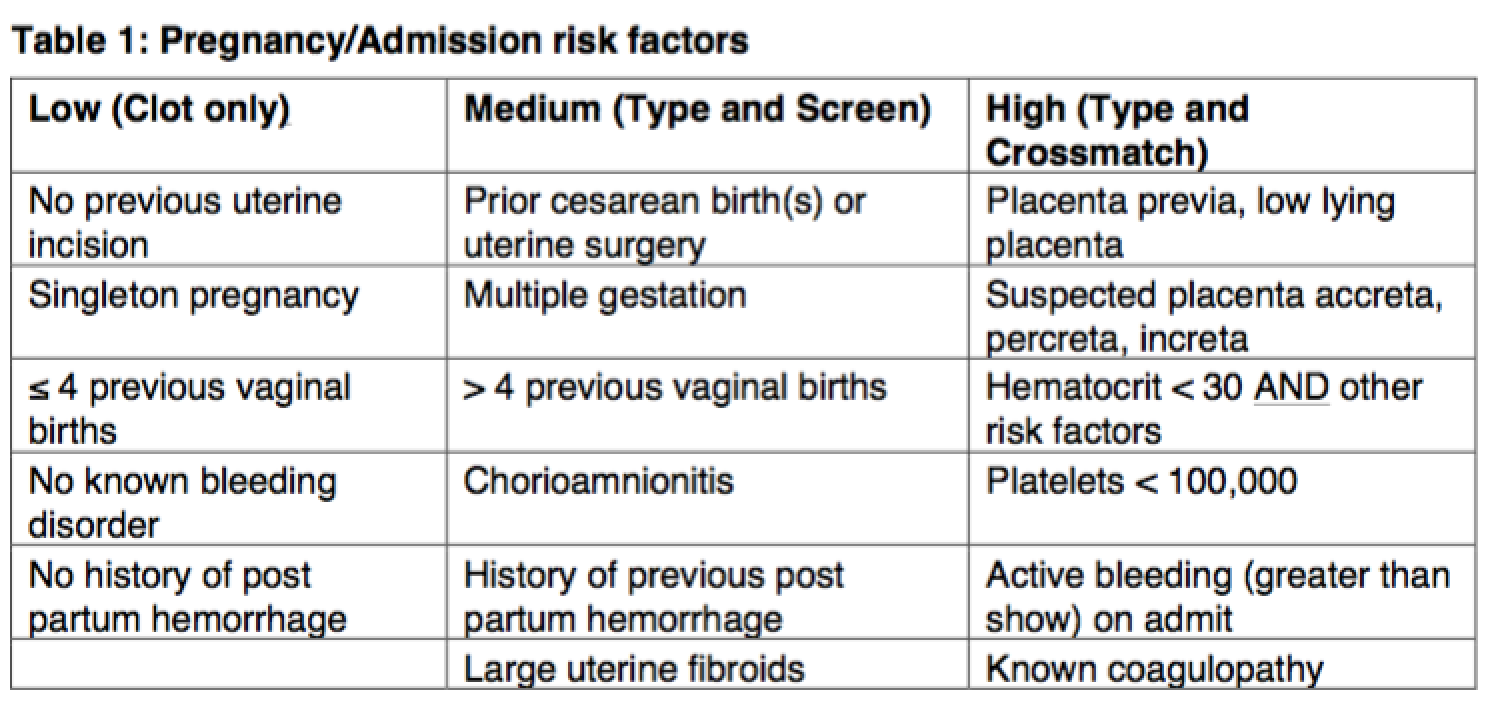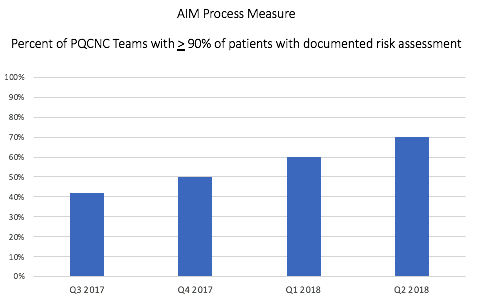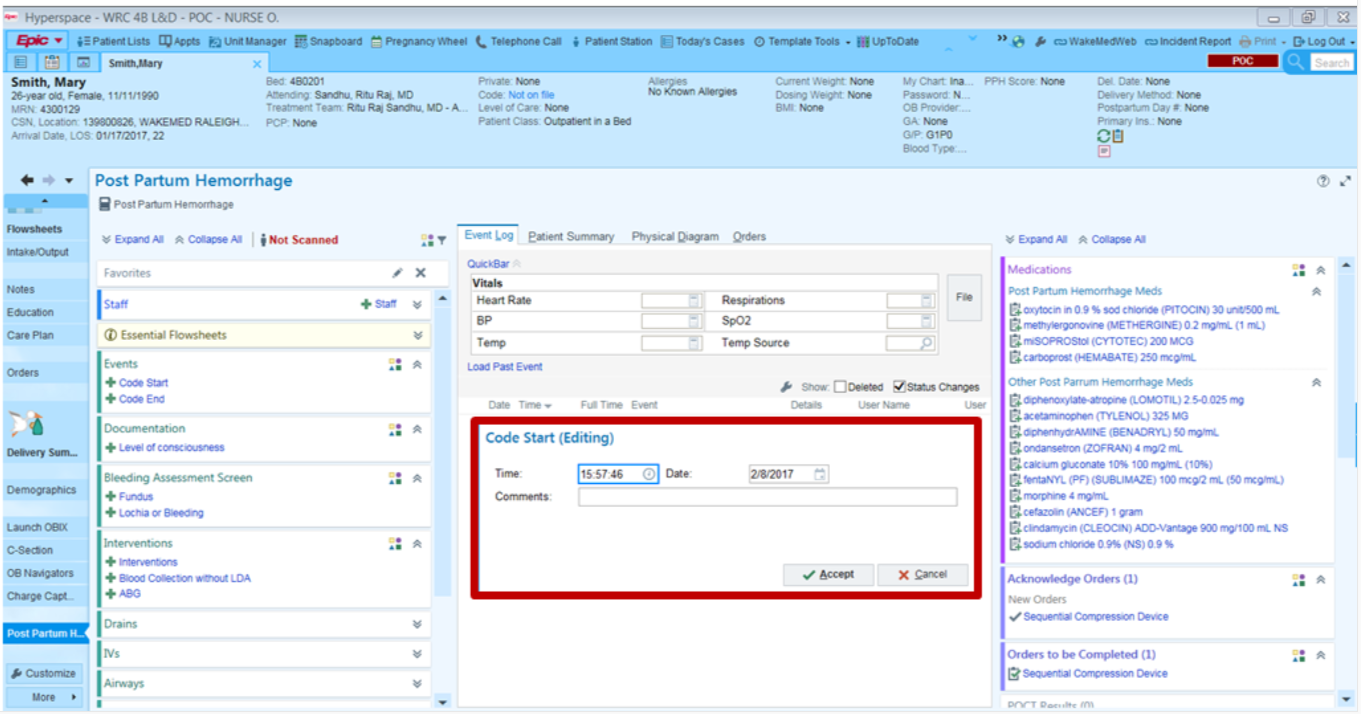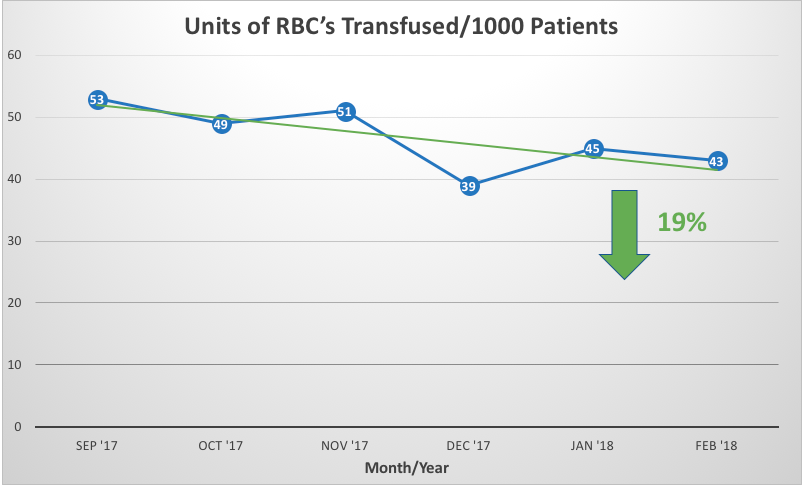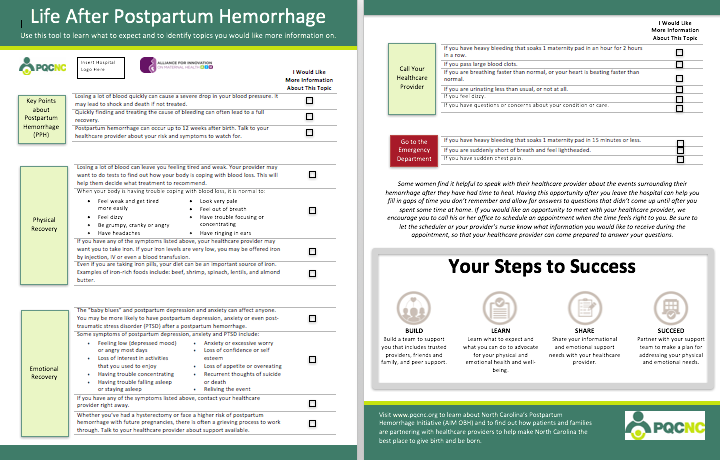Quantifying blood loss has taken center stage for most teams as the focus to improve readiness and response of obstetric hemorrhage is a priority to thwart maternal morbidity and mortality across North Carolina. However, methods of quantifying blood loss across the state vary, with one team taking the leap to adopt a new technology. UNC Rex healthcare began using a mobile app and an ipad to assist staff in capturing accurate blood loss at deliveries.
The technology, titled the Triton system, is approved by the U.S. Food and Drug administration and is executed via an application on a tablet computer. The program uses the tablet’s camera to capture images of surgical sponges. “It performs colorimetric image correction and analysis and uses cloud-based machine-learning models to quantify hemoglobin (Hgb) mass on surgical sponges in real time.” The cumulative blood loss can then be calculated “from direct extraction assays of Hgb content on surgical sponges and in suction canisters.”
Several months after implementation, the team at Rex feels the technology has improved their readiness and response to mothers who are at-risk for hemorrhage. They are able to measure blood loss quickly and provide real time volume loss updates to physicians resulting in proactive, informed clinical decisions. Additionally, identifying accurate blood loss levels at delivery have enabled the staff to begin transfusions on the labor floor prior to transferring to postpartum. Prior to Triton, Rex faced potential delays in discharge to provide necessary transfusions since previous practice had to rely on hemoglobin lab results 24-48 hours after delivery. Overall, the team feels the technology has been easy and efficient to implement.
The Duke Health System is another team taking the leap and has recently begun trialing the technology as well. To connect with those who have embraced this method of quantification, email qiadvisor@pqcnc.org.


